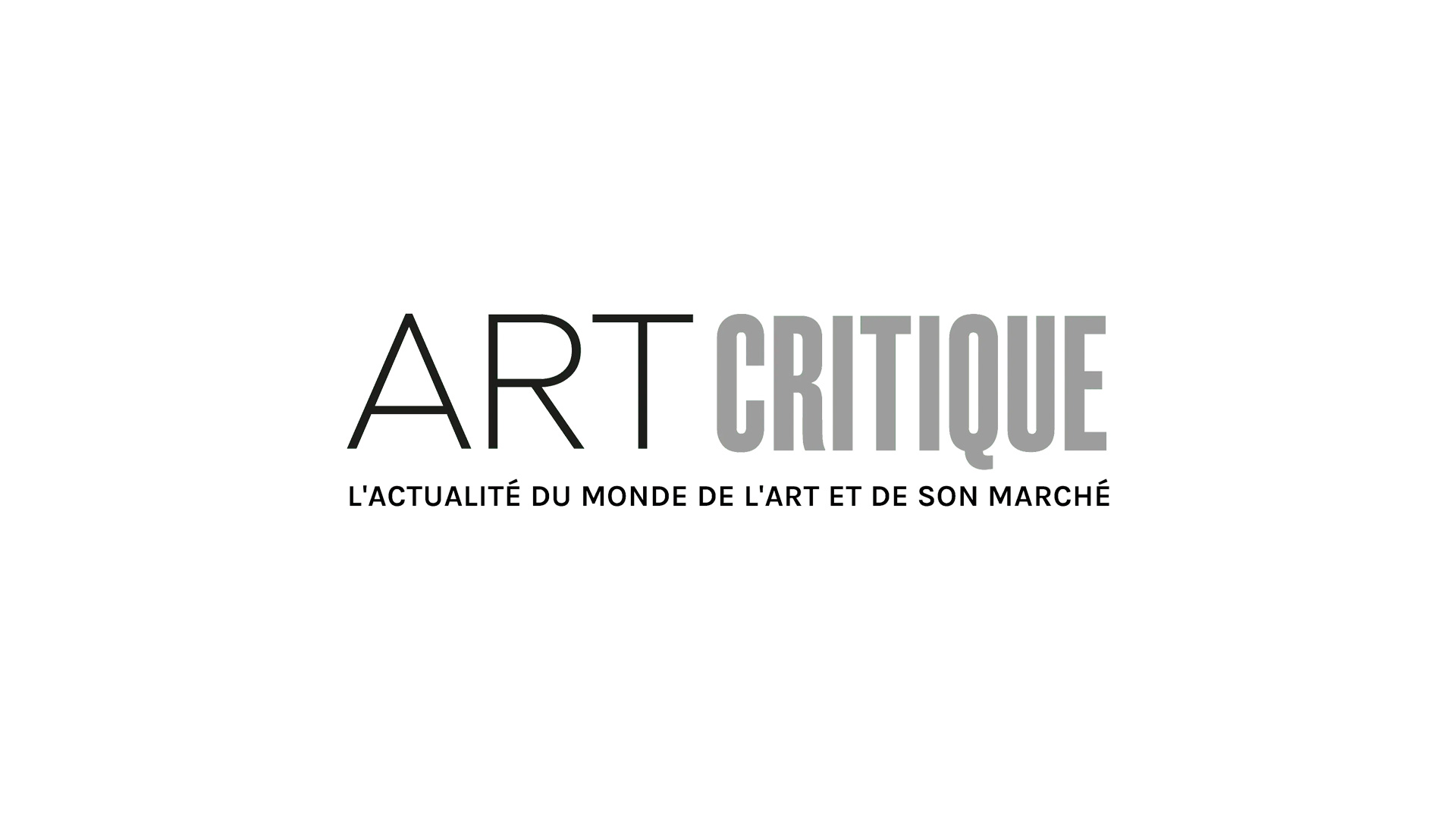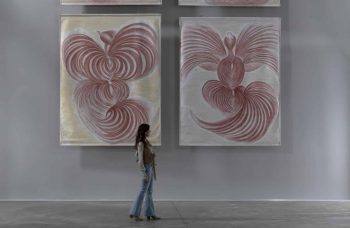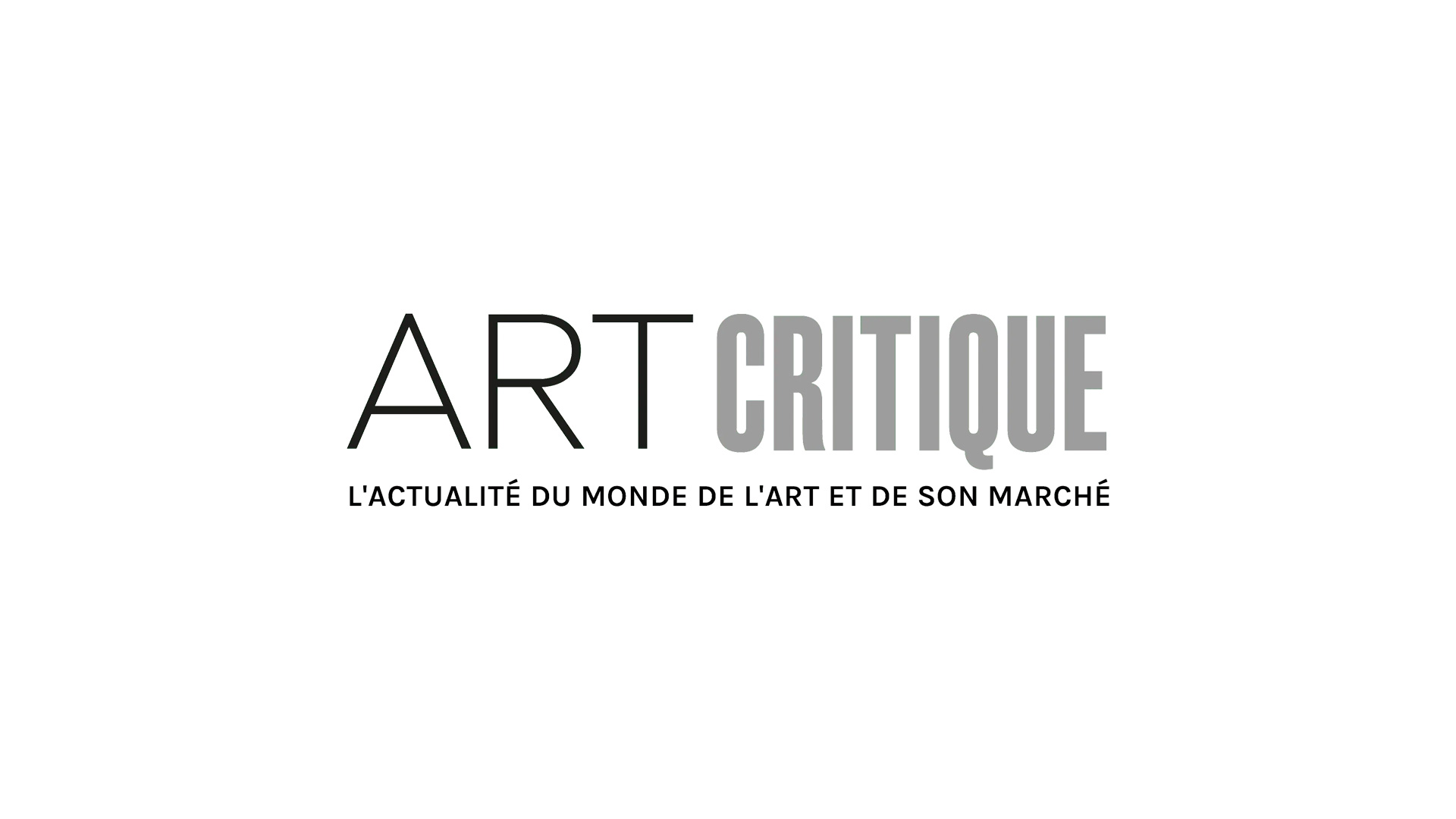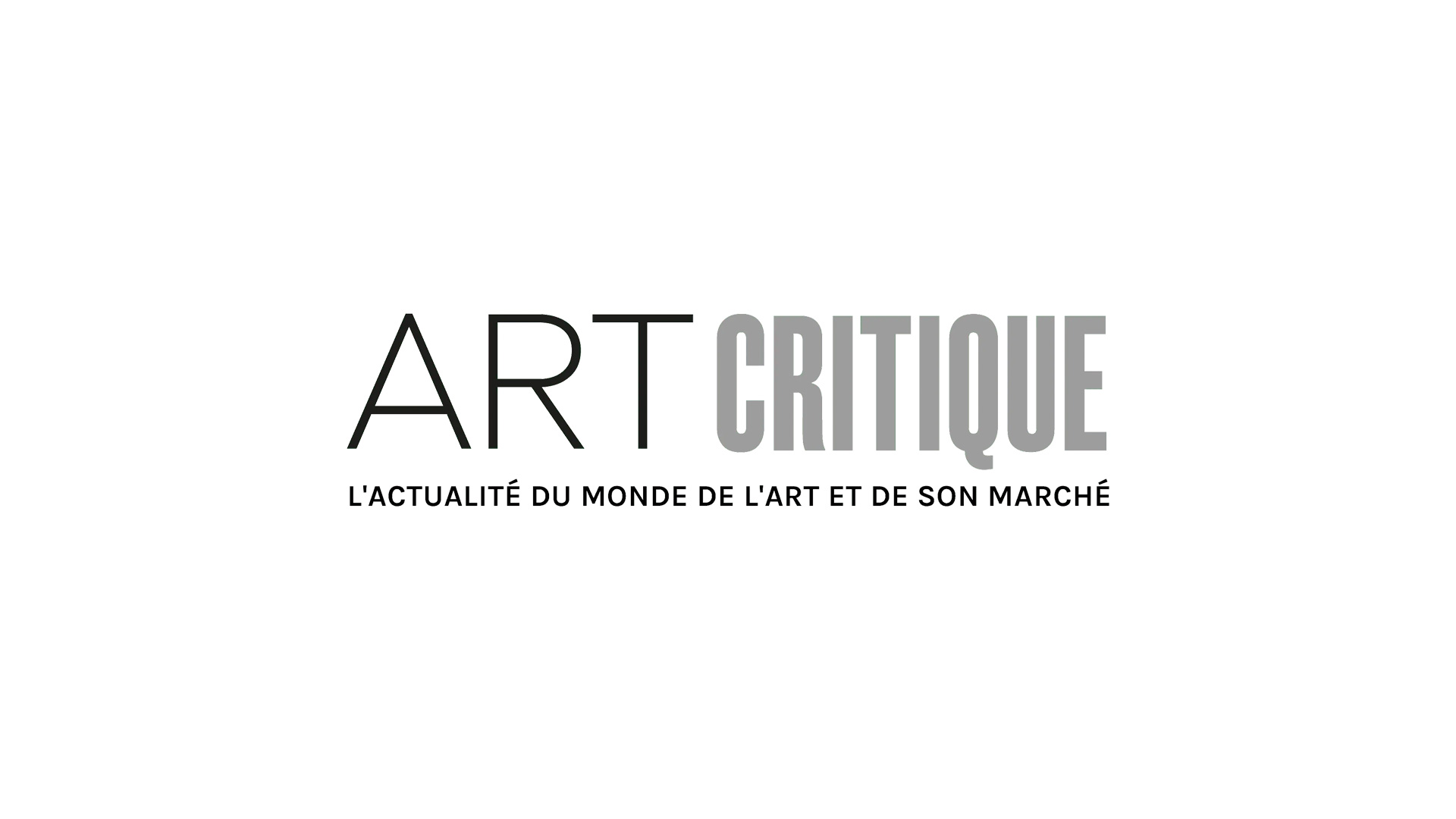Here’s what’s happening with strikes at the Louvre, which led to museum closures last week, and works by Picasso, both real and fake.
Louvre reopens after worker’s strike forces closure

For the second time in a year, the Louvre was forced to unexpectedly close due to staff strikes. Friday, hundreds of museums guests, eager to see its collection and their monumental exhibition of works by Leonardo da Vinci to celebrate the 500th anniversary of his death, were left in line as museum staff refused to continue working. The strike has been ongoing since early December but this was the first time the strike resulted in the Parisian institution’s closure. As of Saturday, the museum was able to reopen.
The museum, which has achieved incredible attendance records in recent years, has faced pushback from staff as working conditions have become strained. The most recent strike comes after French president Emmanuel Macron’s administration has proposed extensive pension reform. Protesters held banners reading ‘Mona Lisa is on strike, Leonardo is on strike.’ Unionized workers continued their call for better working conditions in addition to concerns over pension reform.
Spanish billionaire to pay €52m in relation to painting by Picasso

In 2015, French officers discovered Pablo Picasso’s Head of a Young Woman (1906) on Jaime Botín’s yacht when it was searched off the coast of Corsica. The painting was Botín’s property but was banned from leaving Spain and thus, was seized by customs officers. Botín, a Spanish billionaire, was convicted of attempting to smuggle the painting out of Spain and now faces a fine of €52 million and a prison sentence of 18 months, though it is unlikely that he will actually serve his sentence, due to his age.
Now in his early 80s, Botín bought the painting in 1977 but it was banned from leaving Spain due to its cultural significance. Now valued at €26 million, Botín inquired about the possibility to sell the painting in 2012, according to a Christie’s auctioneer who spoke with Botín, but was informed that the painting would require permission from Spain to sell the painting. According to Reuters, it is believed that Botín had hoped to ‘hide [the painting] from authorities’ on his yacht before its discovery.
Now, a case of 20 fake Picassos

Finally, in just over a week, a German dentist will stand trial in a Düsseldorf District Court after being accused of attempting to pass off artworks as authentic paintings by Picasso. The dentist, who is 52 and from Neuss, brought 20 paintings to be viewed by auction houses at a hotel three years ago this month. The paintings, which were accompanied by forged certificates from the Picasso estate and included supposed writings by Picasso’s brother, raised red flags nearly immediately among the auction houses, which have not been publicly named. As the dentist had yet to officially try to sell the paintings, he is facing charges of ‘unauthorized exploitation of copyrighted works’ and forging certificates, according to Monopol, as opposed to fraud.





